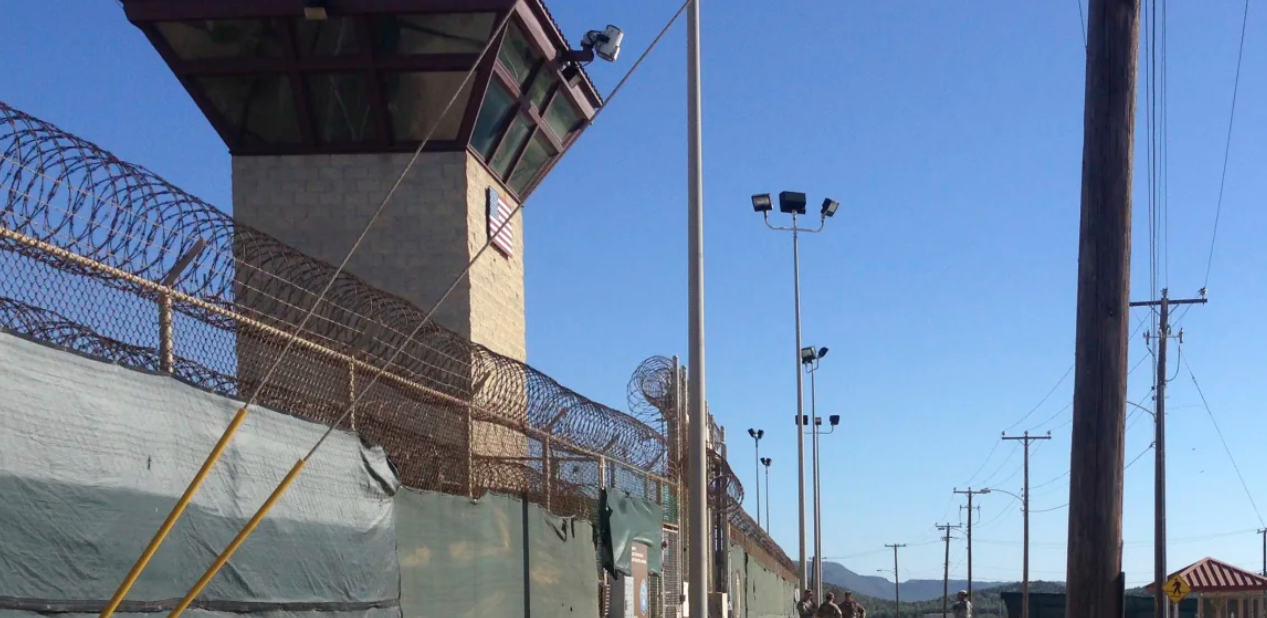As tents were being set up at Guantanamo Bay, Cuba, to accommodate migrants, officials from the Department of Homeland Security and the Pentagon were still determining the legality of transporting migrants from the U.S. southern border to the facility. On Tuesday, a military flight carrying around 10 migrants with criminal records landed at Guantanamo Bay, according to a post from U.S. Transportation Command.
These migrants will be held in a separate detention area at the base, away from the current detainees. The initiative follows a memorandum from President Donald Trump, directing the federal government to prepare Guantanamo Bay to house thousands of migrants. Though Guantanamo Bay has hosted a migrant-processing center in the past, it has typically been used for migrants intercepted at sea, not for those transported from the U.S.
There are still many legal uncertainties surrounding this move. According to a former Homeland Security official, it is unclear whether the Immigration and Nationality Act applies in this case, given that these migrants would be held outside the U.S. There are also questions about the length of detention, migrants’ rights while being held, and whether they will have access to legal or social services.
Trump administration officials have defended the plan, calling it a suitable facility for holding migrants with criminal backgrounds. Defense Secretary Pete Hegseth emphasized its use for individuals leaving the U.S. who may also have criminal histories.
The construction of temporary tent facilities at the base is already underway, with U.S. Marines and other military personnel helping to set up. The base’s migrant operations center, which will house migrants, has a maximum capacity of under 200 people, highlighting the scale of the project. Plans are in place to expand this capacity to 30,000 people through additional tent facilities. These migrants would be flown to Guantanamo Bay on military flights before being sent back to their home countries.
While temporary migrant facilities have been used along the southern border in the past, there are concerns about setting up similar facilities at Guantanamo Bay without clear guidelines for how long individuals will be held and under what circumstances. Former Homeland Security officials worry about the swift establishment of these facilities without fully understanding the legal implications.
Homeland Security Secretary Kristi Noem clarified over the weekend that the goal is not to keep migrants at Guantanamo Bay indefinitely. The plan is to follow legal processes and ensure that migrants are treated in accordance with both state and national laws. She also indicated that Congress would be involved in addressing immigration laws in relation to the use of Guantanamo Bay.
During the Biden administration, Homeland Security considered using the facility in the event of a large maritime migration, with plans for expanding capacity over 30 days based on available resources. Trump’s top immigration advisors had also previously mentioned that management of the Guantanamo Bay detention facility would fall under the jurisdiction of Immigration and Customs Enforcement (ICE), with operations overseen by a migrant center based in Miami.
